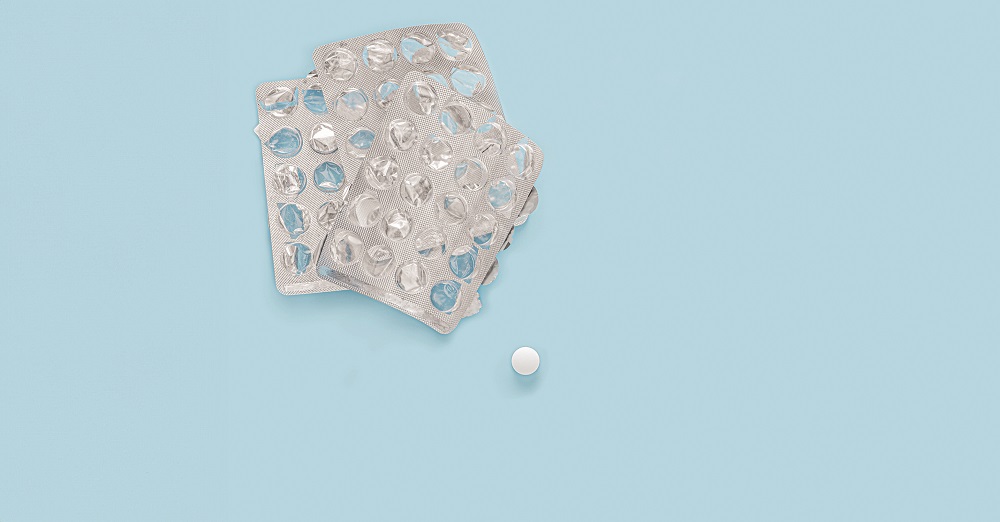If you’ve been turned away from the pharmacy because the medication you need is out of stock, you’re not alone. Medication shortages are a growing problem in the United States. According to the American Society of Health-System Pharmacists (ASHP), at the end of the second quarter of 2023, there were 309 active drug shortages. Those in shortest supply include medications for attention deficit/hyperactivity disorder, electrolytes, antibiotics, cardiovascular drugs, hormone therapies, gastrointestinal drugs, and the most dangerous of all: chemotherapy drugs.
Shortages have significant effects on patients. They can decrease medication compliance by forcing patients to wait for a drug to be restocked, force patients to turn to more expensive or less effective drugs or go without. In an ASHP poll, 32 percent of pharmacists said the shortages resulted in rationing, delaying, or canceling treatments or procedures.
Causes of shortages
Most of the products that face shortages are generics, lower-cost drugs that are less profitable—or not profitable at all—for pharmaceutical companies to produce. In the past 25 years, many generic drug production lines in the U.S. have closed. In the past year, Akorn, which made 75 common generics, went bankrupt, closed, and recalled all of its medications, and Teva, which makes 3,600 medicines, announced that it will shift to brand-name drugs and “high-value generics.” Several other generic manufacturers are facing financial troubles as well.
When a company stops making a generic drug, there isn’t always someone to step in to replace them. If only one or two manufacturers make an active ingredient or final product, any disruption can be devastating to the supply. Those disruptions could come from a vast array of issues, from company closures due to poor quality or consolidation, unexpectedly high demand, natural disasters, worker shortages, or even political crises. Last summer, a tornado halted production at a Pfizer plant in North Carolina for three months, threatening the production of virtually the entire national supply of sterile injectables.
Quality concerns
To win sales contracts with the middlemen who buy and then distribute generic drugs, generics manufacturers are forced to accept lower and lower prices. “Bargain-basement prices have pushed production overseas,” which makes it difficult for the FDA to monitor quality, reports Kaiser Family Foundation.
More than three-quarters of active pharmaceutical ingredients are made outside the United States, but in 2022, the FDA inspected only an estimated 3 percent of foreign manufacturing sites. The consequences can be dire. In spring 2023, three people died and eight were blinded after using bacteria-tainted eyedrops that were made in a plant in India that had never been inspected.
Another Indian company, Intas Pharmaceuticals, stopped production of most of its drugs after the FDA uncovered a systematic effort to conceal quality problems in 2022, as well as inadequate efforts to prevent microbiological contamination.
The plant made close to half of the U.S. supply of two cancer drugs, cisplatin and carboplatin, which are now in severe shortages. In June, the National Comprehensive Cancer Network reported that 93 percent of cancer centers are currently experiencing a shortage of carboplatin, and 70 percent have a similar lack of cisplatin. The FDA is allowing Intas to return to manufacturing certain critical oncology products under strict supervision. Other chemotherapy drugs are also in short supply, and patients nationwide are affected.
What can you do?
More than ever, it’s important to know the status of any medications that you rely on. The FDA maintains a database of all drugs that have shortages. You can find it online at https://www.accessdata.fda.gov/scripts/drugshortages/default.cfm or download an app called Drug Shortages to your phone. For any medication that you are on, or that your doctor recommends, check the database to see if you may run into problems. If your medication appears on the list, try these steps:
- Ask your doctor for a 90-day supply so you have more medication on hand.
- Refill your prescription before the medication runs out. While your insurer determines how early you can refill, many pharmacies will refill a week early unless it’s a controlled substance.
- When you get a new prescription, ask your doctor if there are alternatives in case you can’t get a refill.
- If your pharmacy is out of a medication, call other pharmacies to check their supply. Try both chain and independent providers.
- Don’t ration your medication. If you can’t get enough to maintain the regimen your physician prescribes, call the doctor to talk about alternatives.
- Don’t be afraid to take expired medication, if it’s in tablet or capsule form, as a last resort. Most medications are given a yearlong expiration date when you fill them, but studies have shown that most drugs last much longer. However, the exception is liquid medications, such as eye drops. Do not use these after they expire. If you take something like a hypertension drug or antihistamine, it is safe to stockpile.
Beware online medications
If a drug that’s in short supply seems to be magically available on the internet, watch out. Unless a pharmacy is vetted, approved, and listed in the National Association of Boards of Pharmacy’s (NABP) database, you have no idea what you’re buying. Visit https://safe.pharmacy/buy-safely/ to use their online search tool.
The vast majority of online pharmacies—even those that appear to be legitimate Canadian pharmacies—are risky. In fact, the official-sounding Canadian International Pharmacy Association (CIPA) website is itself questionable. The CIPA website claims to list “certified” Internet drug access sites; however, the pharmacies listed on that site have not been verified by independent and valid inspections. Many of the listed locations sell drugs that are sourced from unreliable countries and have never had to pass through Canada’s equivalent of the FDA (Health Canada) regulatory process for assurance of safety and efficacy. The NABP notes that there are no Canadian online pharmacies that consistently dispense Health Canada-approved medicines to American customers: The drugs you buy from a Canadian pharmacy are not the same ones a Canadian is getting at the pharmacy counter.


